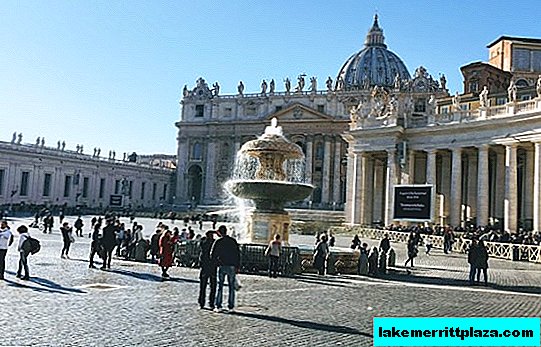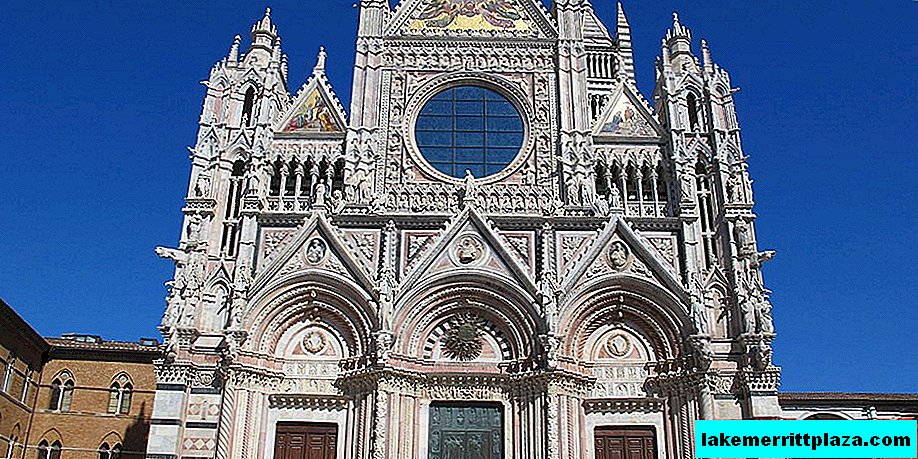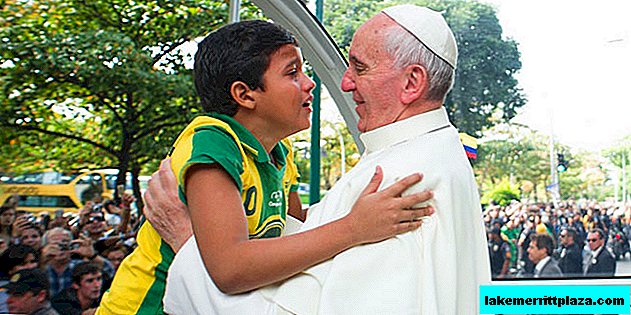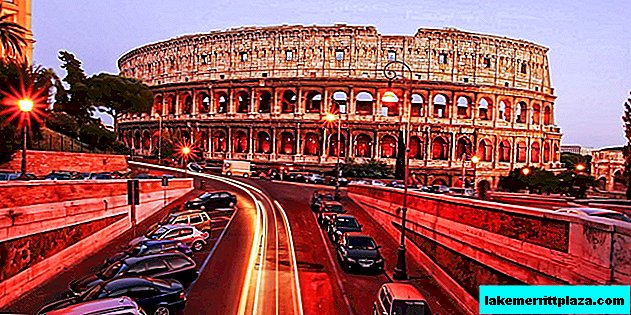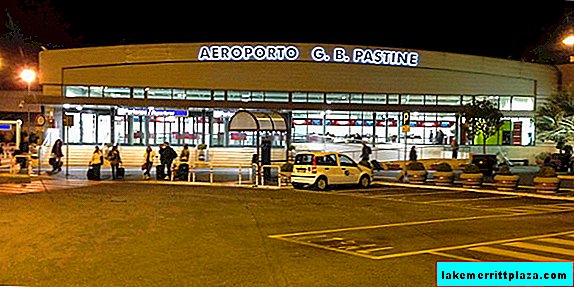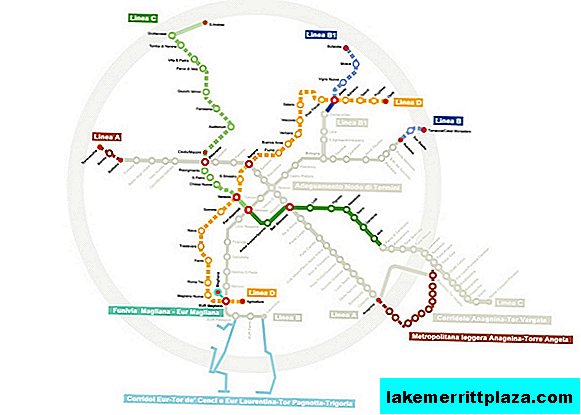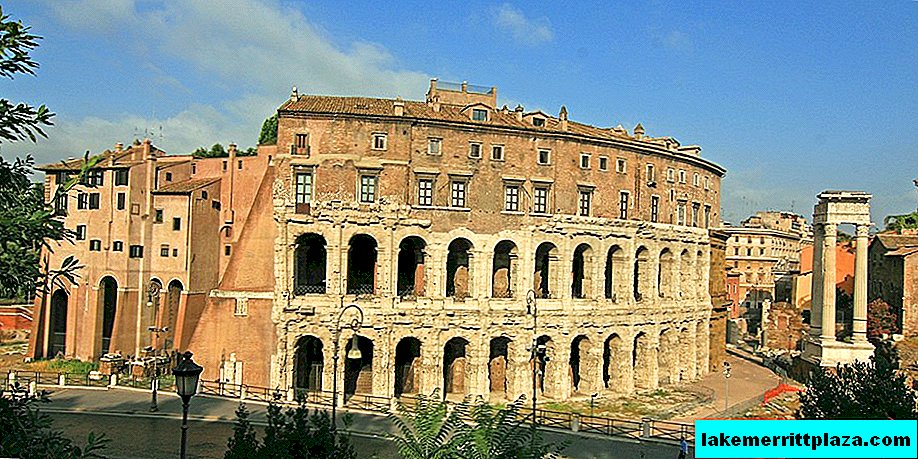The main thing in the New Garden is trees, meadows and lakes. But the objects of garden architecture look natural in it. They further emphasize its landscape character.
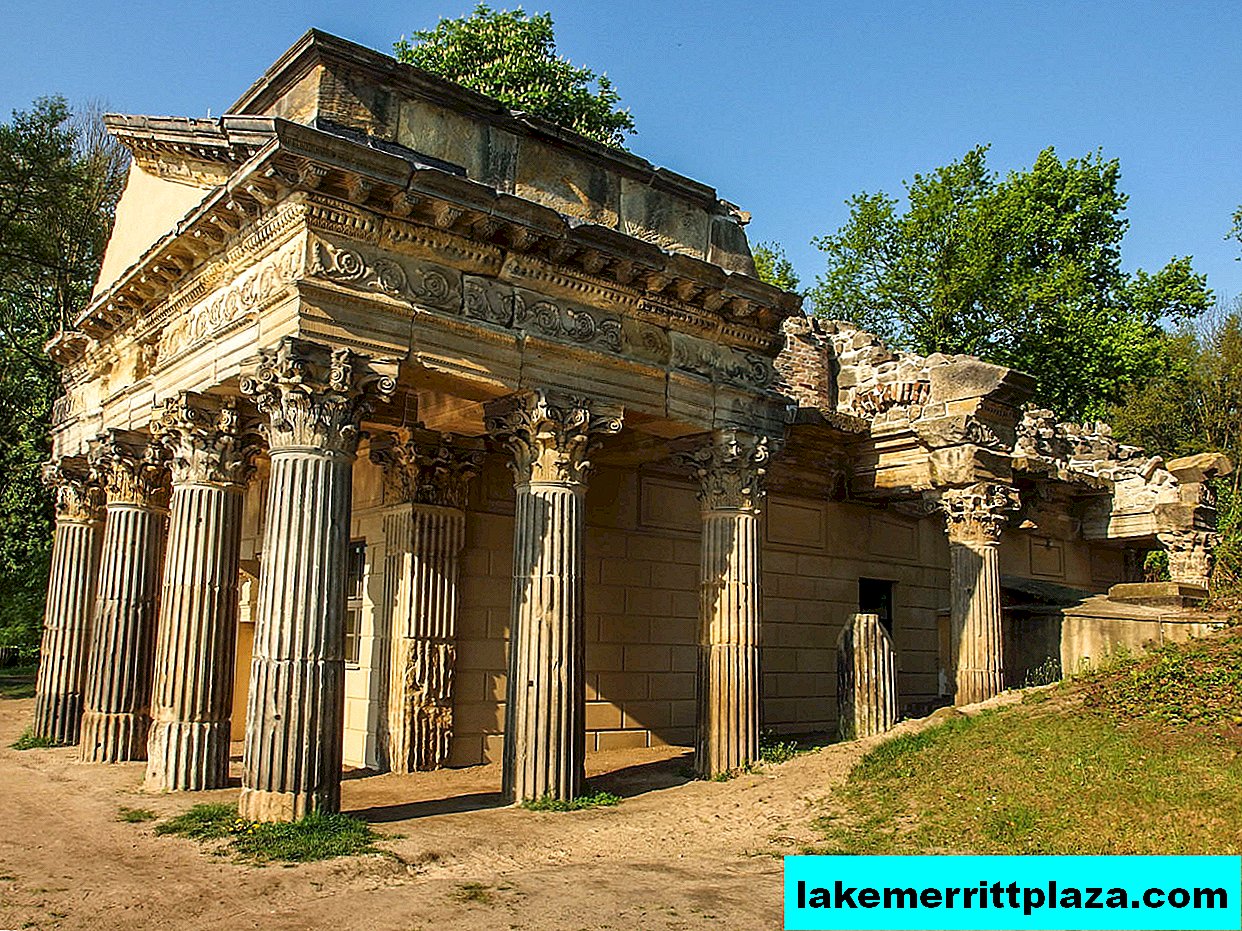
Palace kitchen, stylized as ancient temple ruins, photo olaf oehlsen
In the New Garden (Neuer Garten) of Potsdam, in addition to the Marble Palace and Cecilienhof, you will find several small architectural structures that are just as interesting.
Palace kitchen
The palace kitchen (Schlossküche in Form einer Tempelruine) (1788-1790) is stylized as antique romantic ruins. It stood separately from the Marble Castle, but was connected by an underground gallery to the summer dining room - Grotov Hall.
Gothic library

Gothic library (Gotische Bibliothek), photo tel33
The Gothic Library (Gotische Bibliothek) (1792-1794) is a small two-story building in the form of a tower with two rooms, an open gallery and filigree arched work. A personal collection of books by Frederick William II was kept here.
Pyramid

Pyramid Glacier (Eiskeller in Form einer Pyramide), photo by Tinnic
The tetrahedral pyramid (Eiskeller in Form einer Pyramide) (1791-1792), causing controversy about mystical secrets, was actually not a symbol, but a simple glacier for food.
Shell Grotto

Shell Grotto (Muschelgrotte), photo murphman61
Shell Grotto (Muschelgrotte) (1791-1792) - a pavilion on the lake with three rooms, which are encrusted with shells.
Milk farm

Former Dairy Farm (Meierei), photo by Eigenes Werk
The Royal Dairy Farm (Meierei) was established in 1790 - 1792 to supply the royal court with milk, butter and cheese. In 2003 it was restored - it housed a small brewery and restaurant.
Dutch style houses

Dutch-style houses (Holländisches Etablissement), photo by Andreas Lippold
"Dutch Village" (Holländisches Etablissement) - an even row of red brick houses. The courtiers and servants lived here, some utility rooms were located.
Hermitage

Hermitage on Lake Jungfernsee (Einsiedelei am Potsdamer Jungfernsee), photo murphman61
The Hermitage on Lake Jungfernsee (Einsiedelei am Potsdamer Jungfernsee) (1796) is a small wooden pavilion on a pedestal without windows. The outer skin is made of oak. Light enters through a hole in the roof. Previously, inside were: a world map in the center, 8 planets on the ceiling, gypsum figures in the corners. In 1964, due to the construction of the Berlin Wall, the Hermitage was demolished. Reconstruction is underway.
Greenhouse

Greenhouse (Orangerie), photo riesebusch
The Orangerie (Orangerie) was created in 1791 - 1793. On the east side is the Egyptian entrance, which guards the Sphinx. Two black statues of Egyptian gods are installed in the niches of the wall of the semicircular entrance. In the middle of the elongated building is the Palm Hall. There were concerts in which the king himself participated.

Green House, photo tel33
In the New Garden preserved garden houses, which stood here even before its construction. They are called by the colors Brown, White, Green and Red at home.


